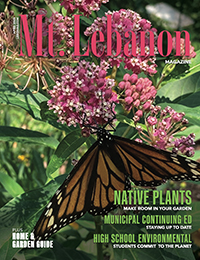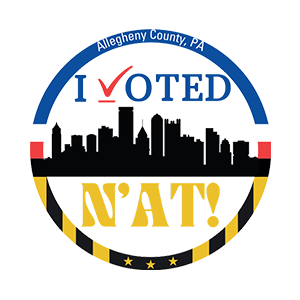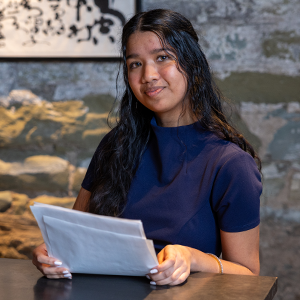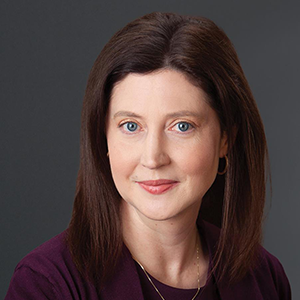Connecting with autistic kids

Joel Shaul is a mental health professional who spent a large part of his career working with autistic children, teens and young adults. Although Shaul retired from his full-time job as a clinical social worker last year, he continues to work with this population through the books and materials he has written.
“People with autism frequently learn better when you’re not just talking to them but showing them meaningful images,” he said. “A number of them are so-called visual learners, and they can get bogged down if you’re just constantly communicating with them through spoken voice.”
The Ella Street resident began developing his own materials, which he shared on his website, autismteachingstrategies.com. “I made printable things, pictures, things you can laminate and hold and use. I ended up putting them up on a website where people can download them for free.”

Then in 2014 he put together his first book, The Conversation Train. Shaul used photographs of his own father’s massive train layout to represent elements of conversation.
“The locomotive is the beginning, the greeting. The caboose is the ending. The coal tender is the How Are You? part. And each train car is a conversation term.” Shaul noted that people with autism spectrum disorder (ASD) often find back-and-forth chatting a challenge because it’s unpredictable. The book provides a way to practice conversation.
“Trains offer a good metaphor. There’s getting ‘off track,’ which works both for trains and conversation. Switching topics translates to ‘switching tracks.’ And a lot of kids on the spectrum really like trains and are very knowledgeable about them.”
The Conversation Train was followed by The Green Zone, also published by London-based Jessica Kingsley Publishers, the world’s largest publisher of books specializing in neurodiversity. The Green Zone, based on the Venn diagram, aims to help children experience more success in conversation. The title is a visual representation of common ground between one person (blue) and another person (yellow) to create a “green zone” that represents the pair’s shared interests.
“Shared interests are tough for people with autism,” said Shaul. “Many have strong, narrow interests and want to talk about these subjects in conversation. In addition, they may not know much about mainstream interests and the social function of small talk. But the overlapping images seem to make it easier for them to understand.”
Jessica Kingsley also published his next four books: Your Interests, My Interests; The ASD and Me Picture Book; The ASD Feel Better Book; and Our Brains Are Like Computers! Each is based on a different visual metaphor and they’ve been translated into Mandarin, French, Polish, Japanese, Albanian, and other languages.
The books’ appeal is not limited to mental health professionals. “They’re popular with speech-language pathologists, who are also trying to help people maximize their ability to communicate,” he reported. “I’m trying to do the same thing, for different reasons. And I interact a lot with educators who have autistic students in their classrooms. They’re expected to not only provide an education, but deal with their social and educational needs as well. We’re all doing things that are similar.”
Shaul said he’s worked hard to make his books and materials accessible and interesting even for people who are not strong readers. “I’ve seen a lot of books out there where the language is too complicated and ‘wordy’ for ASD children to understand. When you’re doing cognitive behavioral work with children, you have to simplify it and have as many pictures as possible. The words are few and simple, with multitudes of images so that kids and adults working together can put together the lessons.”
In his years of work, Shaul feels that treatment for ASD has changed significantly. “First of all, there are a lot more people with autism who are putting out books and materials. Like Temple Grandin, the obvious example, but there are a whole lot of other ones as well. And second, autism is much more broadly defined now than when I was being trained. Once they broadened the definition—and it really is a spectrum, including Asperger’s—that helped me understand a whole lot of people better.”
From The Conversation Train
The locomotive starts the train. Without a locomotive, it’s hard to start a train.
“Hello.”
“Hi.”
“Good morning.”
Without words like these, it’s hard to start a conversation.
The coal car, or “tender,” comes next. The coal gives the train power.
“How are you?”
“How’s it going?”
“What’s up?”
These words give the conversation power, just as coal gives power to the train. These words help move the conversation forward.
Each train car is like a conversation turn. A conversation turn happens each time people talk back and forth in a conversation. Conversation is more than two people just saying words. One person talks about what the other person has just said.
“So, how do you like this snow we’ve been getting?”
“Great! We had a snowball fight last night!”





